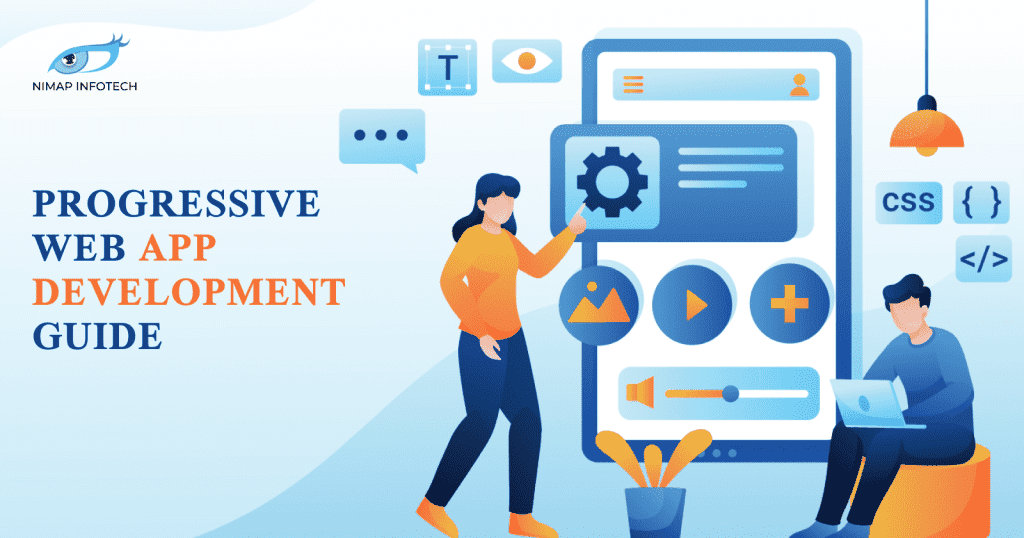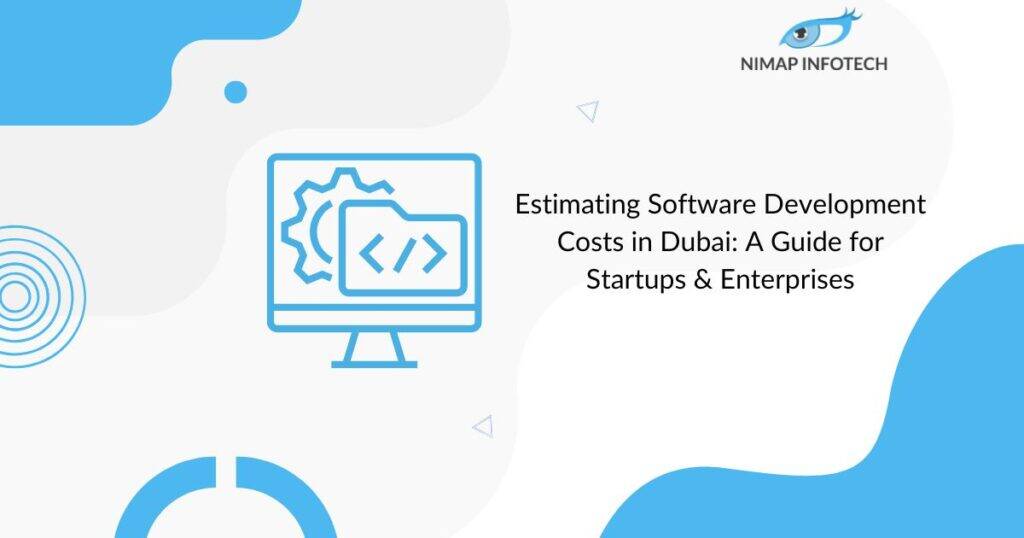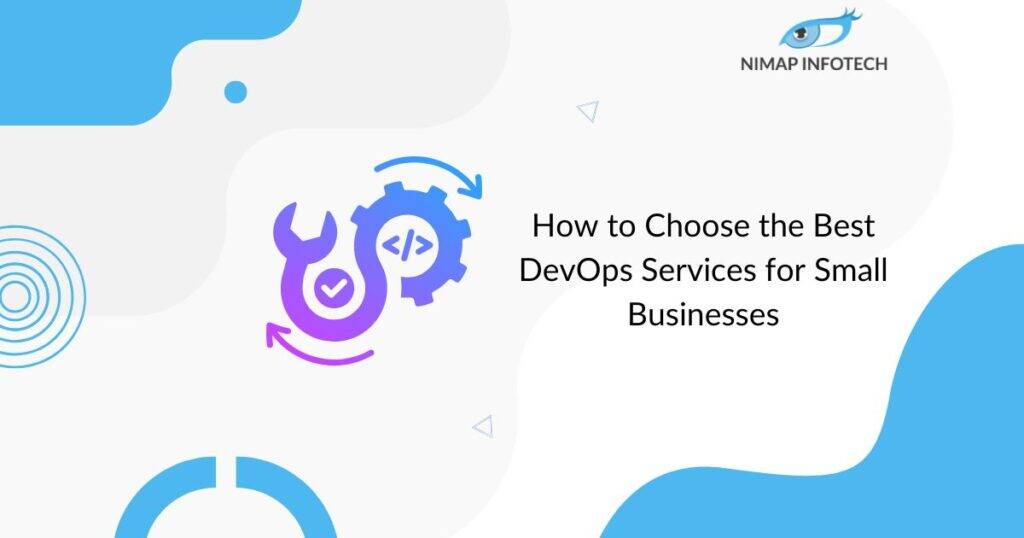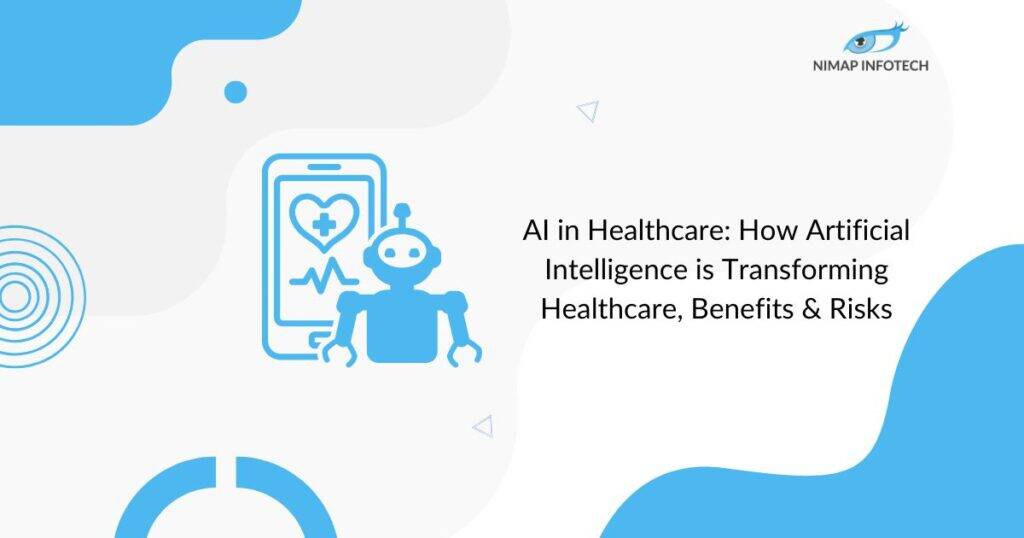Table of Contents
ToggleWhat is a Progressive Web App Development?
Progressive Web Apps (PWAs) are web applications that can be added to a user’s home screen and are accessible offline. Using modern web technologies like service workers and web app manifests. PWAs offer a user experience that is like a native mobile app while still being accessible from a web browser.
The PWAs are designed to provide seamless and reliable user experiences even in the area. With poor network connectivity since they are fast, reliable, and engaging.
Despite their early stage, Twitter, Uber, and Alibaba have already adopted Progressive Web Apps.
What are the Benefits of Progressive Web App Development?
-
Maintain Low Costs:
Progressive Web Apps can be produced and deployed fast. As a result, they are less expensive than separate native app development. This can assist in reducing costs and shorten the time to market.
-
Improved UI/UX:
Compared to regular web pages, PWAs have an app-like user interface that is more intuitive & user-friendly. They also provide offline capability, allowing users to view material even when there is no internet connection. A Progressive Web App lends the look and feel of a mobile application with web technology, providing speed and responsiveness. And database access of native apps with none of the costs or complexity.
-
Quick and Responsive:
PWAs are quick & responsive, giving users a smooth experience of network constraints. This improves user engagement and lowers bounce rates. The easiest way to install browser apps is to download extensions. There is no need for installation! You can even drag and drop a PWA into your home screen if you use Microsoft Edge or Safari as your browser. Once you download them, you can use them on your desktop as a desktop application. Moreover, some browsers even have a button that encourages users to download the apps.
-
Improved Performance:
PWAs are geared toward performance. They result in quicker load times, & performance as compared to regular web pages. The mobile optimization process benefits retailers and content providers. By improving their user experience, conversion rates, and retention.
Platform and Device Independence: PWAs may operate on any platform or device, eliminating the need for many apps. This allows developers to reach a larger audience and consumers to get information on their preferred devices. With Spotify, for example, people can download songs offline, for premium users, and more.
-
Updates on the Fly:
PWAs can be updated on the go, eliminating the need for users to update the app or visit the app store manually. This facilitates the rapid deployment of new features and issue fixes. PWAs cache important pages automatically so users don’t have to download them when applying.
So even if a user is offline or has visited a page while offline, PWAs can show their custom offline page. Which increases customer retention rates and decreases cart abandonment. The simplicity and interface of PWA make accessing web pages and providing a great experience easy because of their simplicity and interface.
-
Alerts:
PWAs may send consumers real-time notifications. Keeping them interested and current on the newest information and developments. When a user receives a notification through their mobile device. They are ten times more likely to respond than if the notification appeared through an email newsletter, blog post, or social media post.
Marketing messages can be personalized with notifications. Which is an excellent way to convert visitors into customers. You can also use them to promote your company’s brand and capitalize on your customers’ attention.
-
Increased Security:
PWAs use HTTPS, which assures the security of data exchanged between the user’s device and the server. This aids in the prevention of data breaches and the protection of user information.
In addition, the implementations of PWA use Web Bluetooth technology. This includes security capabilities, and PWAs can access and share sensitive information.
What makes an app a Progressive Web App Development?
-
Progressive:
A PWA must be improved, which means it must operate for every user, independent of browser or device capabilities. It should also be able to use the most recent features available in current browsers.
-
Responsive:
A PWA must be built to adapt to changing screen sizes, ensuring a consistent user experience across all devices.
-
Connectivity Independence:
A PWA must function offline or with low connectivity. Giving consumers a consistent experience even when not connected to the internet.
-
App-Like Interactions:
To improve the user experience, a PWA should feature app-like interactions. Like push notifications and slick animations.
-
Fresh:
A PWA should always be current, providing users with the most recent information and functionality.
-
Safe:
To safeguard the user’s data and maintain a secure connection, a PWA must use HTTPS.
-
Discoverable:
It should be simpler for users to find and use a PWA if it can be found in search engines.
-
Re-engaging:
Push notifications are one feature that a PWA should have in order to re-engage users and keep them coming back.
-
Installable:
Users should be able to download and install PWAs directly from their devices, bypassing the app store.
-
Linkable:
Users should be able to access a PWA from any location if it is shared and connected.
Also Read: How to Estimate Web App Development Cost/Prices
Examples of Progressive Web App:
1. Twitter:
Twitter’s PWA enables users to access the platform from any device, eliminating the need for a separate native app. This enhances accessibility and user engagement while also reaching a larger audience.
2. Forbes:
Forbes’ PWA delivers a quick and intuitive user experience. Allowing users to access and engage with site information. Compared to standard web pages, the PWA is also optimized for performance. Resulting in quicker load times and enhanced performance.
3. Uber:
Uber’s PWA enables users to access the platform from any device, eliminating the need for a separate native app. This enhances accessibility and user engagement while also reaching a larger audience.
4. Instagram:
PWA delivers a quick and responsive user experience, allowing users to view and engage with content on the site more easily. The PWA also has offline capabilities, allowing users to view material even when not connected to the internet.
5. Flipkart:
Flipkart’s PWA delivers a quick, intuitive, and responsive user experience. Allowing consumers to browse and purchase items more. The PWA also has offline capabilities, allowing users to view product information even when not connected to the internet.
6. Pinterest:
Pinterest’s PWA enables users to access the platform from any device. Eliminating the need for a separate native app. This enhances accessibility and user engagement while also reaching a larger audience. They created a PWA to address this and make the site speedier (a Progressive Web App).
This provided them with additional capabilities. Such as quick loading times and the opportunity to download photographs or add them to their web pages. These enhancements improved user engagement on mobile sites.
7. Tinder:
Tinder’s PWA delivers a quick, intuitive, responsive user experience. Allowing users to browse and interact with possible matches more easily. The PWA also has an offline capability, allowing users to see profiles and messages even when not connected to the internet.
Using React and Redux, Tinder developed and implemented their MVP PWA in three months. Delivering a core Tinder experience 10% data investment cost per month less than someone in a data-scarce/costly market.
Read More: How to Outsource App Development to India
Conclusion:
If you’re searching for a new way to build your web app, progressive web apps should be at the top of your list. Progressive web apps may give a native app-like experience that is quick. Dependable and engaging by utilizing contemporary online technologies.
Hope you like this blog on Progressive Web App Development. Do check our other blogs.
Author
-

With 14+ years in IT and entrepreneurship, I co-founded Nimap Infotech, a digital transformation company that has delivered 1200+ projects and built a team of 400+ engineers. I’ve also led mobile development teams at Accenture India and IBM Apple Garage and developed a network of 7k+ iOS and Android developers. As an Angel Investor, tech advisor, and mentor, I actively engage with the startup ecosystem.
View all posts









